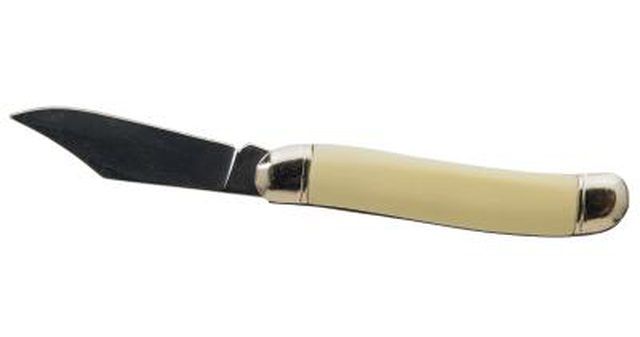Bulbs
Flower Basics
Flower Beds & Specialty Gardens
Flower Garden
Garden Furniture
Garden Gnomes
Garden Seeds
Garden Sheds
Garden Statues
Garden Tools & Supplies
Gardening Basics
Green & Organic
Groundcovers & Vines
Growing Annuals
Growing Basil
Growing Beans
Growing Berries
Growing Blueberries
Growing Cactus
Growing Corn
Growing Cotton
Growing Edibles
Growing Flowers
Growing Garlic
Growing Grapes
Growing Grass
Growing Herbs
Growing Jasmine
Growing Mint
Growing Mushrooms
Orchids
Growing Peanuts
Growing Perennials
Growing Plants
Growing Rosemary
Growing Roses
Growing Strawberries
Growing Sunflowers
Growing Thyme
Growing Tomatoes
Growing Tulips
Growing Vegetables
Herb Basics
Herb Garden
Indoor Growing
Landscaping Basics
Landscaping Patios
Landscaping Plants
Landscaping Shrubs
Landscaping Trees
Landscaping Walks & Pathways
Lawn Basics
Lawn Maintenance
Lawn Mowers
Lawn Ornaments
Lawn Planting
Lawn Tools
Outdoor Growing
Overall Landscape Planning
Pests, Weeds & Problems
Plant Basics
Rock Garden
Rose Garden
Shrubs
Soil
Specialty Gardens
Trees
Vegetable Garden
Yard Maintenance
How to Separate Banana Sucker Plants
How to Separate Banana Sucker Plants. If you want to grow additional banana plants, then try removing the suckers from plants. The baby suckers will compete with the mother plant, so the suckers need to be separated to ensure that the banana tree receives an adequate amount of nutrition and water. Two types of suckers exist on the plant: water and...

If you want to grow additional banana plants, then try removing the suckers from plants. The baby suckers will compete with the mother plant, so the suckers need to be separated to ensure that the banana tree receives an adequate amount of nutrition and water. Two types of suckers exist on the plant: water and sword leaf suckers. Water suckers tend to have nutritional deficiencies, and therefore are not suitable for growing healthy banana trees. But sword leaf suckers can be planted in their own pots to grow new banana trees.
Things You'll Need
Sharp knife
Ensure that the suckers are large enough to grow by themselves. Each sucker needs to be at least 3 feet tall with a diameter of 2 to 6 inches.
Remove the banana plant from the pot. Use your fingers to help loosen the dirt around the pot. Turn the pot over on its side, and tap the bottom and sides to loosen the plant further. Gently pull the banana plant out by its trunk.
Check to see if the sucker has its own roots. If it does not, then you need to wait to remove it from the parent. Brush away some of the dirt around the plant to see the sucker.
Use a sharp knife to remove the suckers. Remove the base from the mother rhizome carefully.
Place the banana sucker plant in the largest sized pot possible. It needs to be planted at the same depth at which it was previously growing. Add potting soil around the plant and press down to secure it in the soil. Water the plant generously.
Put the parent banana plant back in its original pot. You can also plant it in a larger pot if it needs more room to grow. Add fresh soil to the pot to ensure that it stays healthy.
Tips & Warnings
Water suckers contain broad leaves at an early age; whereas sword leaf suckers have smaller leaves with a tapered base.
Use early suckers to grow new banana plants because they typically are the largest and they develop directly from the plant.
Remove all suckers in the first four months, and do not use them for planting new trees because they will not contain a close connection with the parent banana plant and will not grow to be healthy.